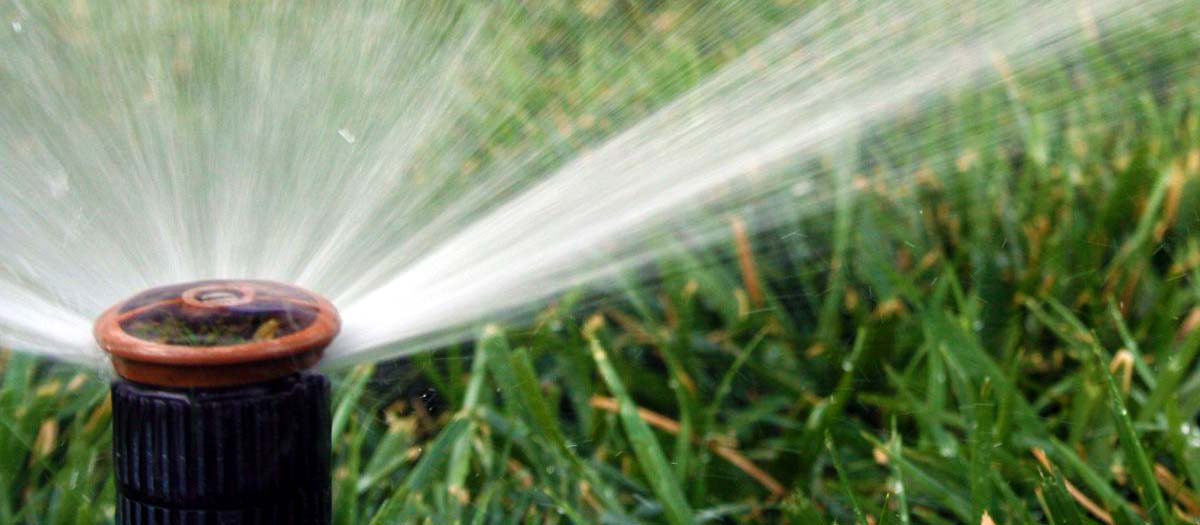The type of grass you have will determine how much water your lawn requires. Adding or removing one minute from the watering time will change the amount of water you use by 25 percent.
When to water
Water between midnight and sunrise from May to October to minimize water lost to evaporation. Water during the warmer part of the day during winter months to prevent water from freezing on your landscape.
Monitor how many minutes you can run your sprinkler system before water starts to run off the property. Stop the run cycle at that point. Allow the water to be fully absorbed before beginning the next cycle.
Cycle and soak
Our parched desert soil makes it tough for water to soak in very deep. That's why we suggest the cycle-and-soak method of irrigation.
Other tips
- Warm-season grasses, such as Bermuda, require about one-third less water.
- If you have rotating sprinklers, water for 12 minutes each watering, rather than 4 minutes.
- Don't water when it's windy or rainy.
- Water your lawn on a separate schedule from your plants, trees and shrubs.
- Test, adjust and repair your sprinkler heads and drip emitters weekly in the summer and monthly in the winter.
- Always check your sprinkler system for malfunctions after mowing.
- Modify spray patterns from sprinkler heads by re-adjusting for better direction or installing variable arc nozzles.
- Use an SNWA instant rebate coupon to replace your irrigation clock with a "smart" controller.
- Replace your water-thirsty grass with a water-smart landscape and you may qualify for a rebate.
